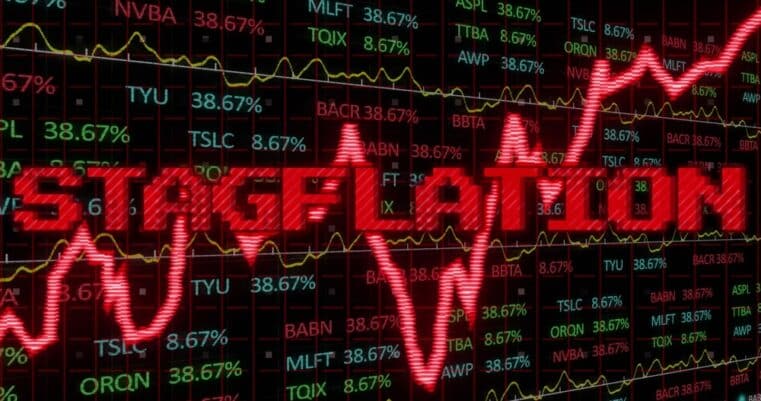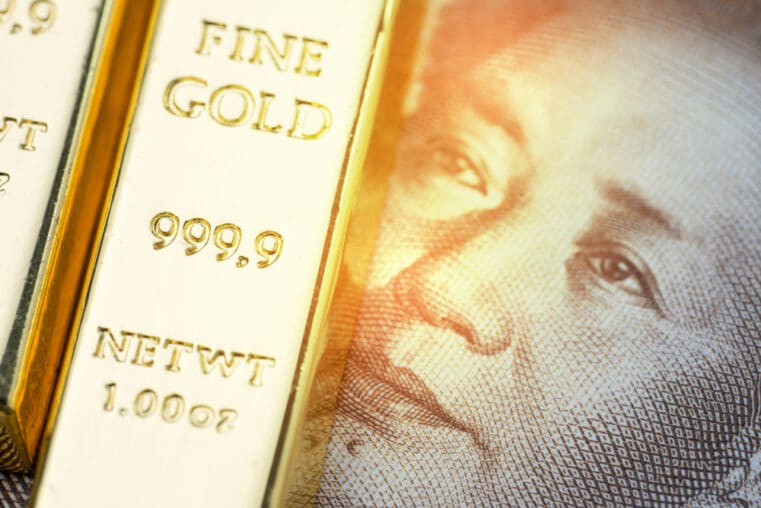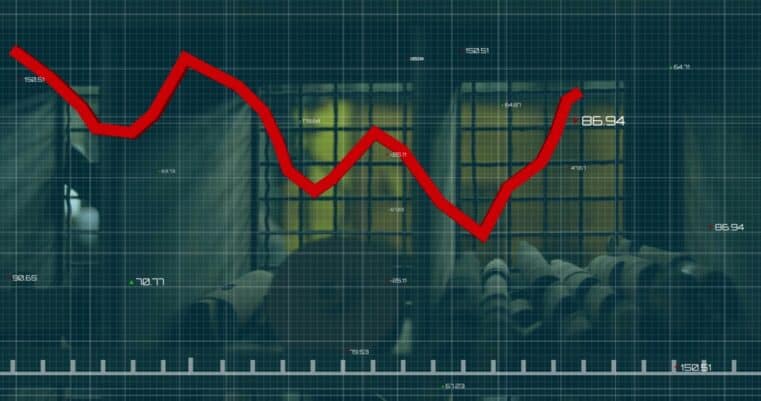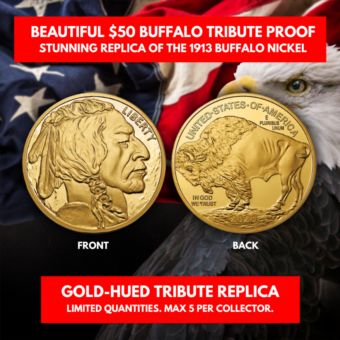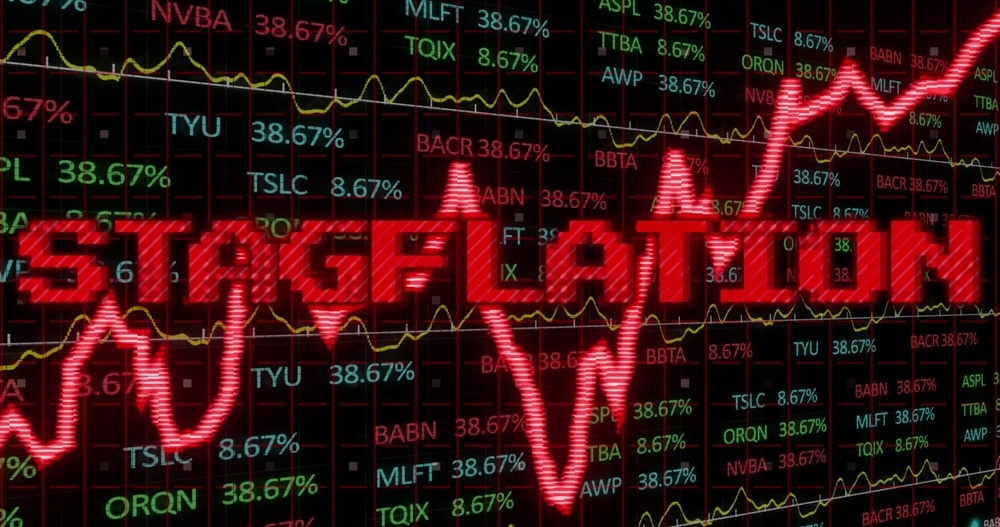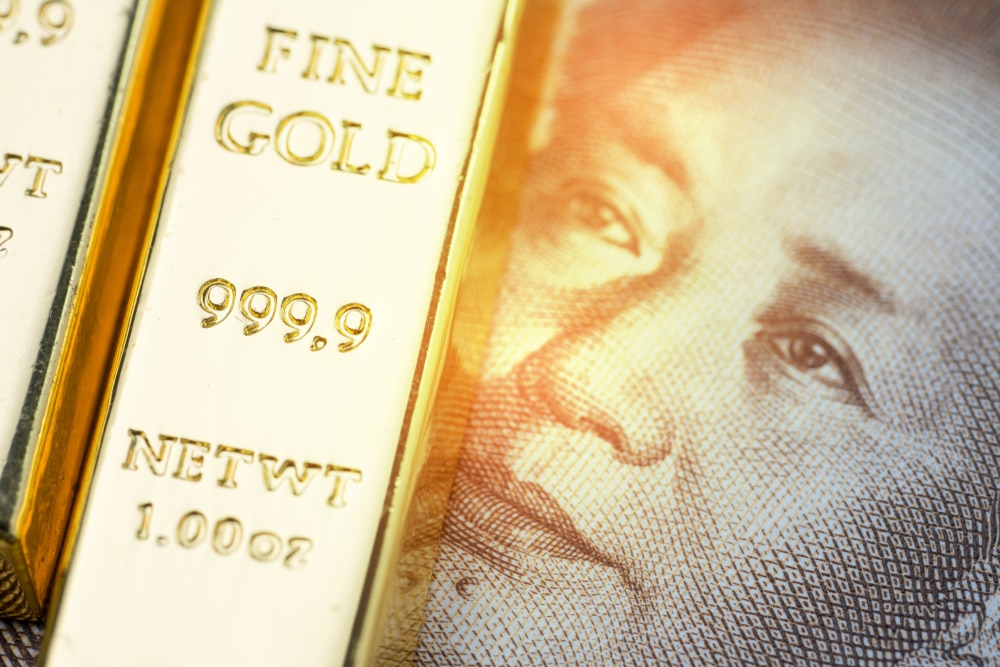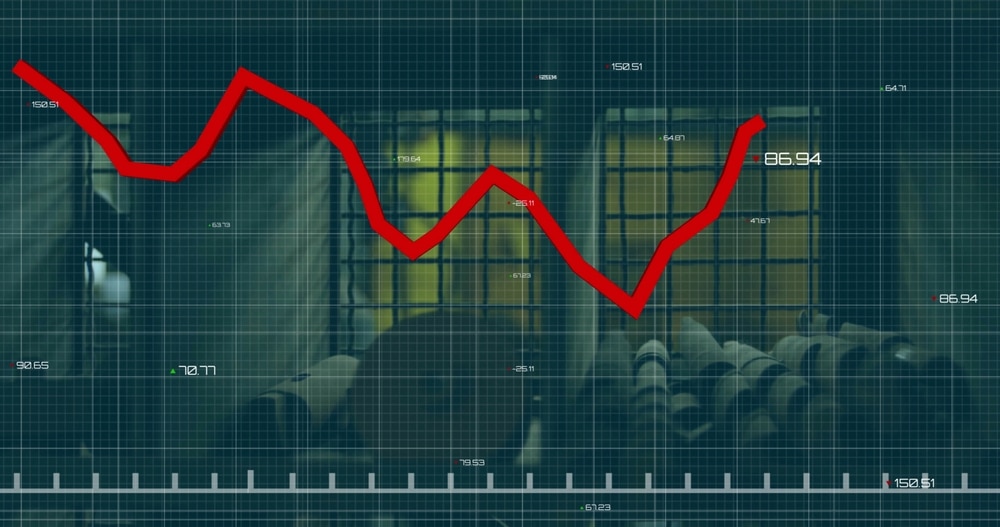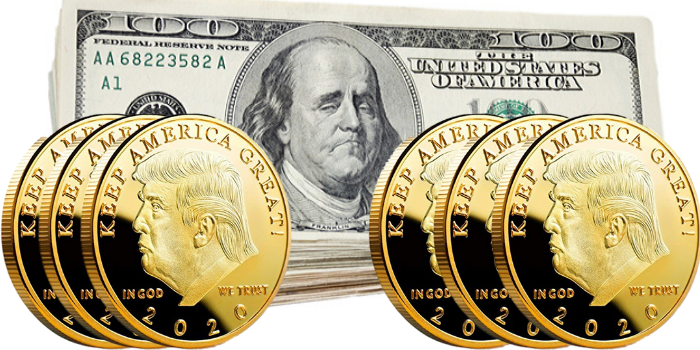
De-Dollarization Continues as Central Banks Worldwide Increase Gold Reserves
Are foreign central banks shifting toward gold in an effort to move away from the US dollar, as Ron Paul said in a recent Liberty Report episode?
To answer that question, or to get a clear indication, all you have to do is observe central bank gold purchases.
You’ll remember that 2018 marked the largest central bank gold buying spree since Nixon abolished what remained of the gold standard in 1971--a total of 656.2 tons.
Last year marked the second-largest purchase of gold since 1971--650.3 tons bought in 2019.
This year, the buying trend continues, though at a slower rate. Central banks worldwide bought another 36 tons, collectively, in February, according to World Gold Council (WGC) data (note that the WGC bases its data on info received by the IMF).
Year-to-date gold purchases stand at 54.5 tons. That’s 44% less than first-quarter purchases in 2019.
So far, the top buyers have been Turkey, adding over 24 tons of the yellow metal to their reserves, and Russia, accumulating nearly 11 tons.
We know that, for years, gold has served as a significant means for Russia to maneuver away from the effects of US sanctions.
Their de-dollarization efforts have culminated in a gold stash worth $100 Billion in 2019. A good portion of this surge took place in 2018, when Russia accumulated a little over 274 tons while selling off the majority of its US Treasury holdings.
Russia’s central bank was actually planning to suspend gold purchases for most of 2020. But then COVID-19 happened. Transportation costs have doubled amid the pandemic, making it difficult for the country to export gold. In response, Russian banks were calling for the continuation of the purchasing program.
And what about China? To date, no gold purchases have been reported. But that should come as no surprise.
Last year, China’s massive gold reserve increase was announced months after the country made a steady stream of purchases.
Not surprisingly, analysts suspect that China’s gold reserves are much larger than the official numbers; that much of China’s holdings are off the books; thousands of tons secretly held by the State Administration for Foreign Exchange.
Perhaps we might expect a “surprise” figure, similar to last year, should the country decide to reveal another increase.
Overall. The WGC forecasts the buying trend among central banks to continue in 2020.
As the WGC’s Krishan Gopaul said, “We often get asked if central bank demand will be sustained. The past two months clearly suggest gold continues to be an important component of foreign reserves despite heightened levels of demand in recent years. But like everyone else, the recent market instability and uncertainty will be at the forefront of central bankers’ mind.”
Geopolitical instability and monetary policy risks are two factors that, according to the WGC’s Allistair Hewitt, are driving the buying spree.
In light of COVID-19’s potential impact on the global economy, there have been plenty of warning signals of its crippling effects.
However, there’s no reliable means to measure the scope or depths of COVID-19’s damage to the global economy.
What we do know is that loose monetary policy across the globe will have a significant long-term effect, not necessarily for the better. Negative rates on sovereign debt pose unfavorable conditions for investors seeking safety.
Traditionally, that’s where the dollar reigns supreme. But now, the Federal Reserve’s “infinite QE pledge” may transform the US dollar from a once-upon-a-time safe haven into a rapidly devaluing asset that ought best to be dumped in exchange for gold--the only “sound money” asset left to hedge the risks posed by sovereign currency and debt.
The gold standard is long gone, but gold’s function as a safe haven asset continues. Central bank purchases attest to this--the proof in the pudding, as the saying goes.
It’s as if the gold standard will eventually reassert itself, in practice first, and policy second.
Perhaps central banks are sensing this potential change in policy awareness, which is why gold accumulation among central banks has been rising.
Investors are typically the last to act. But those with enough foresight to sense what’s going on in the global economy have likely already acted.
The IMF is forecasting that the world economy will be facing conditions not seen since the Great Depression.
If there’s any time to seek safety in gold, then take a hint from the world’s central banks--that time is probably now.



